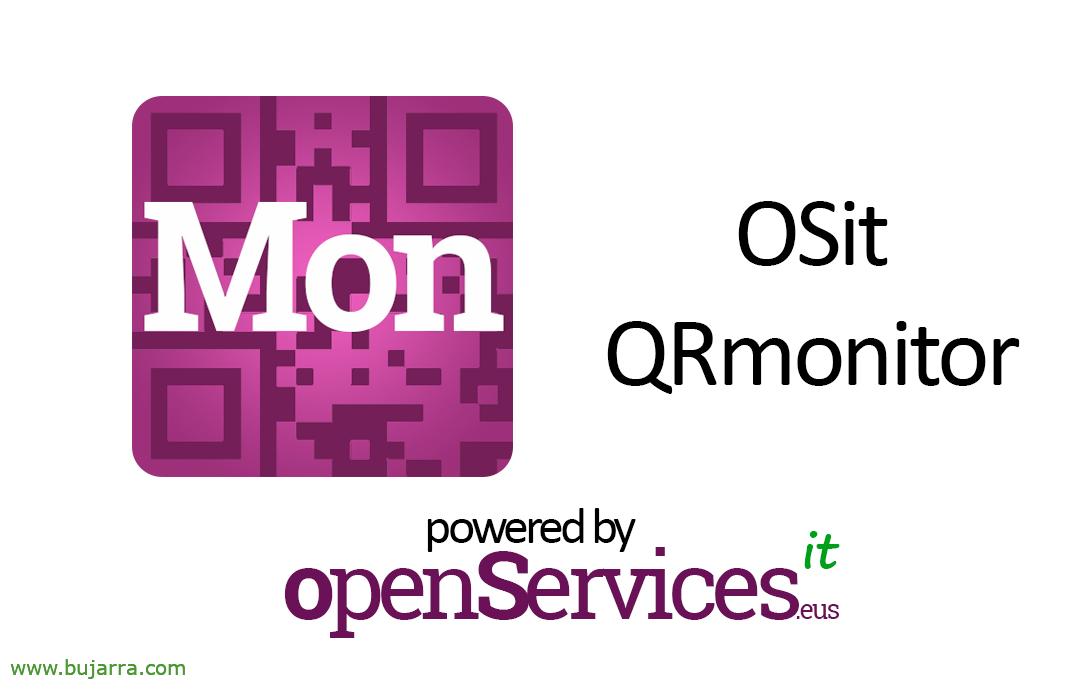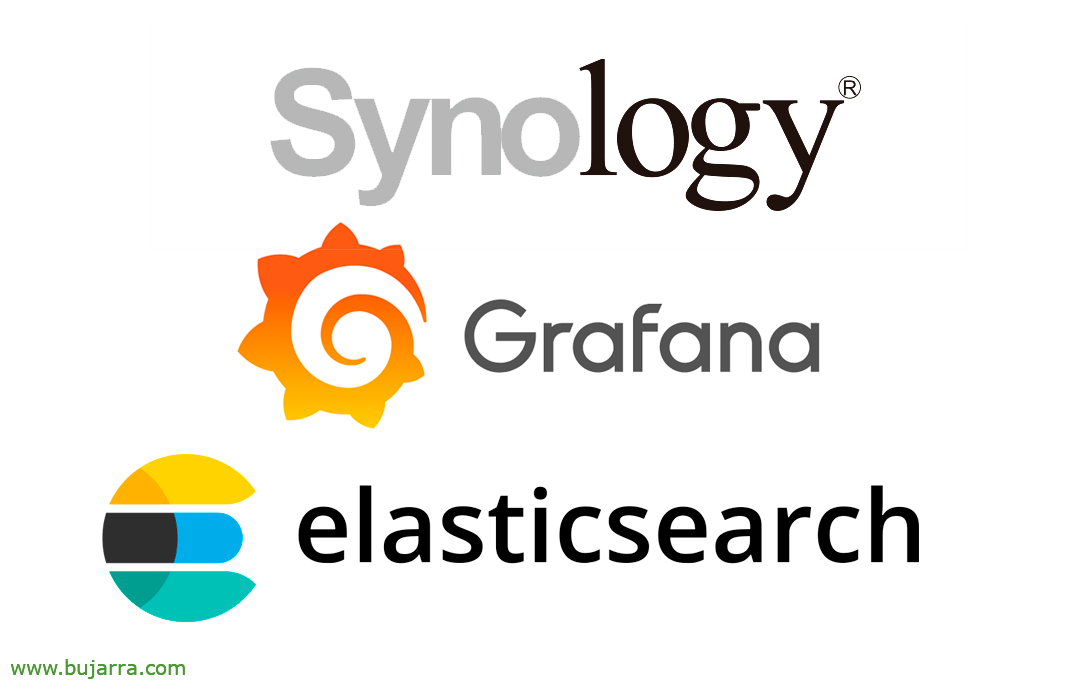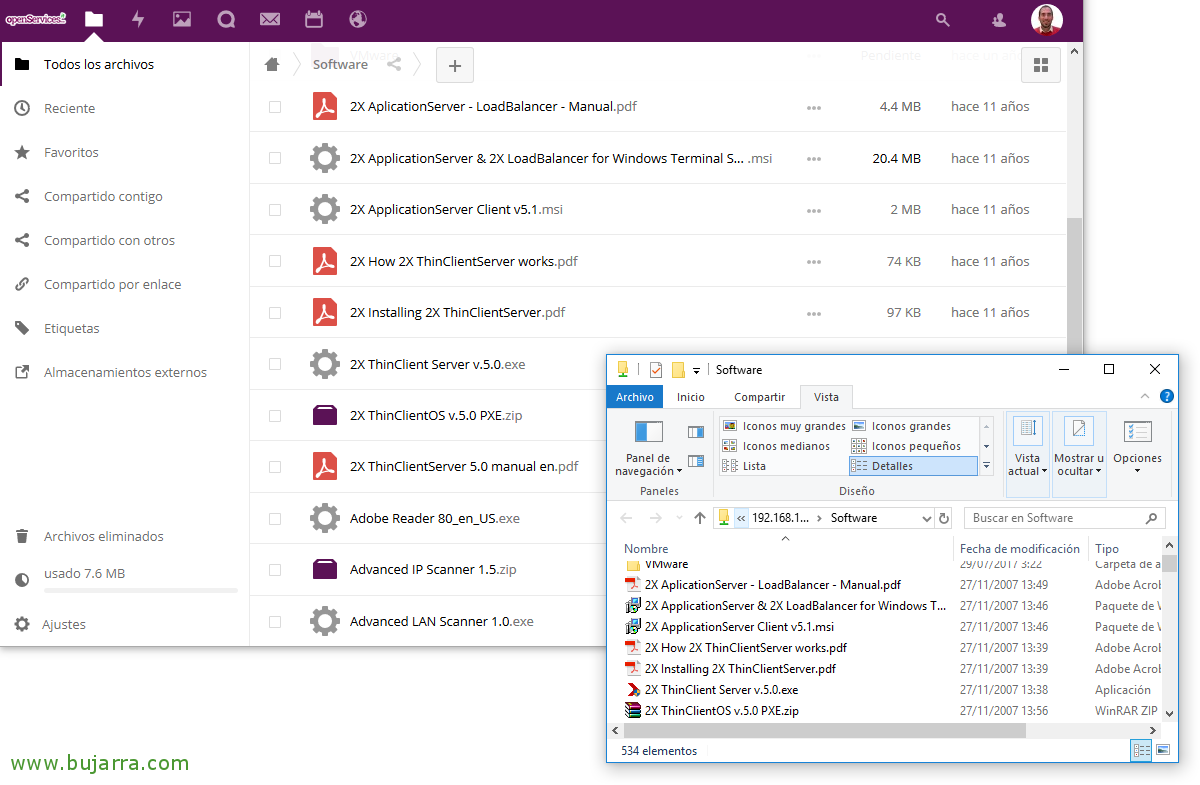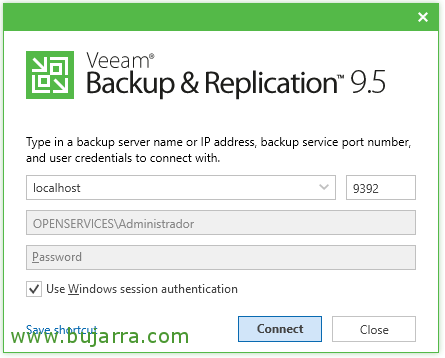QR codes in your datacenter
Can you imagine yourself in your data center?, or, Walking around the company, By scanning QR codes? on stickers on your monitored devices and, That you can see in real time their data, Status or Performance? A free app, It's free software, that integrates with your Centreon! ¡What else!











































